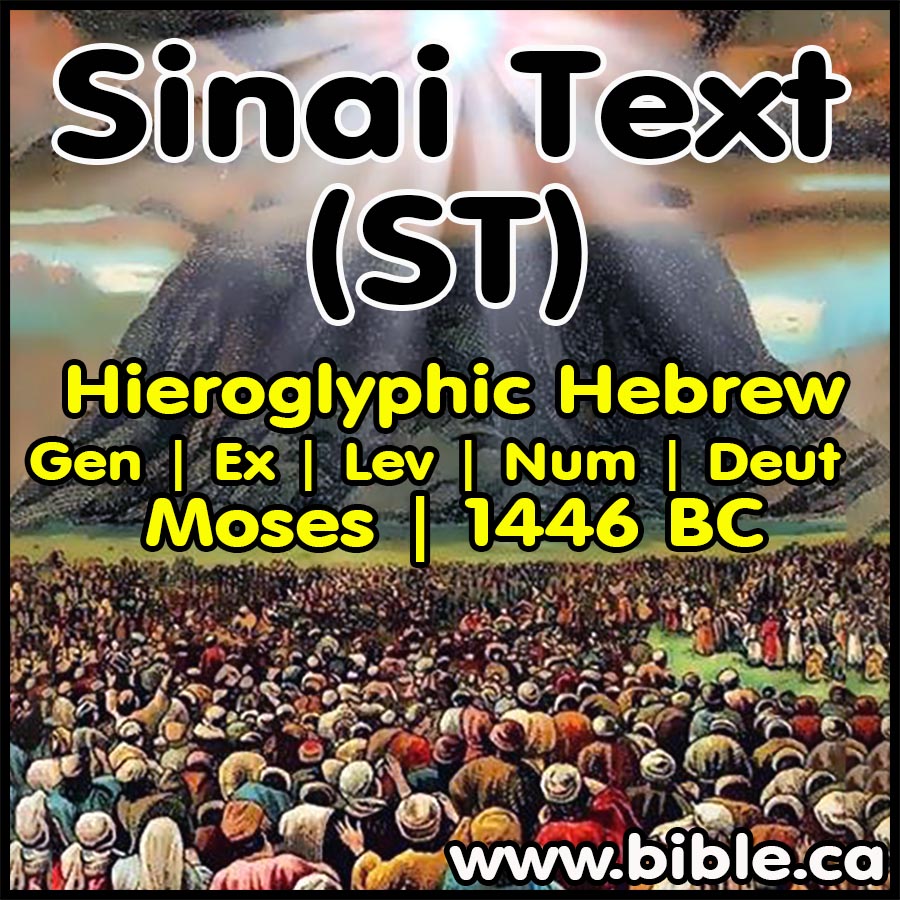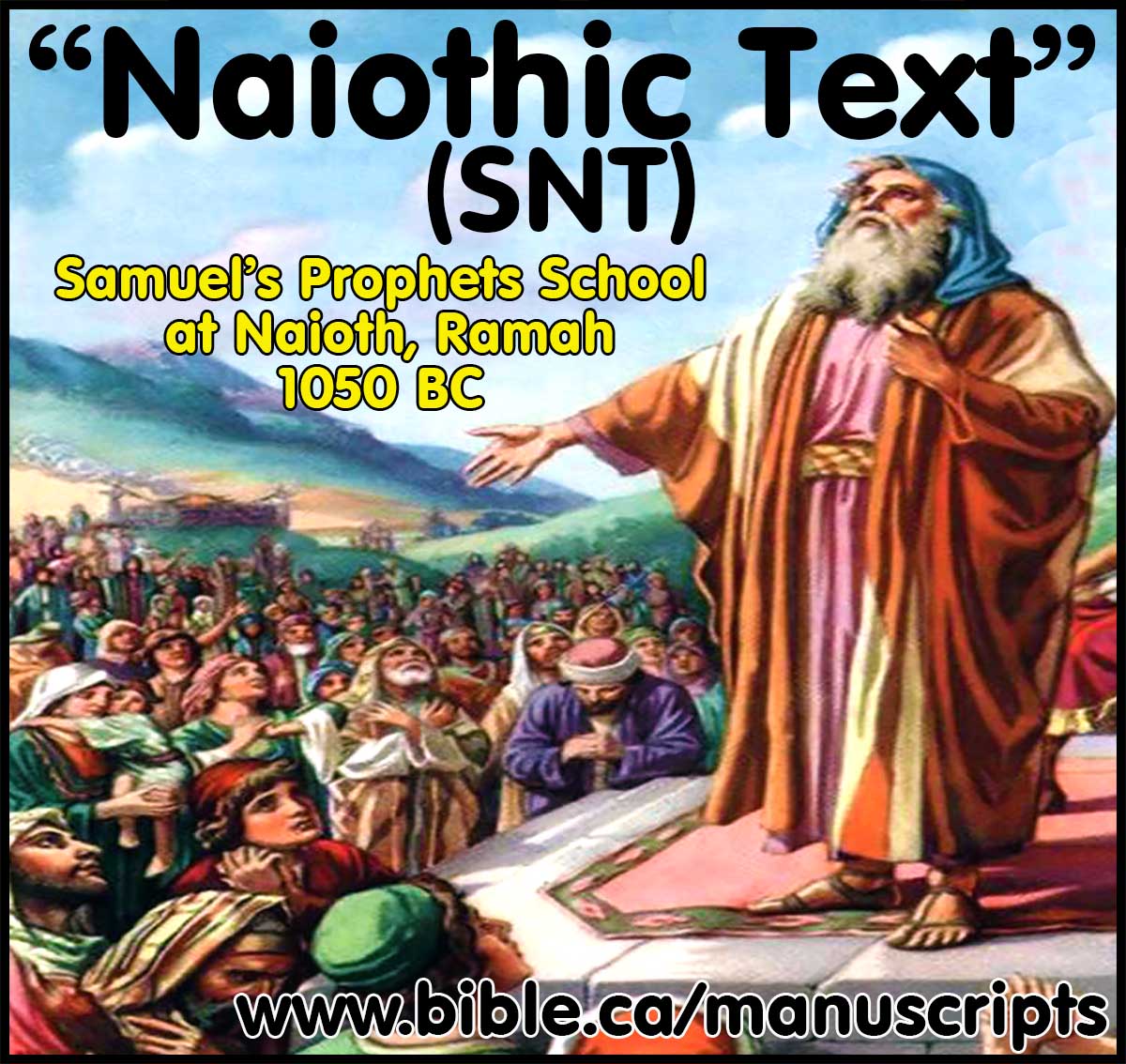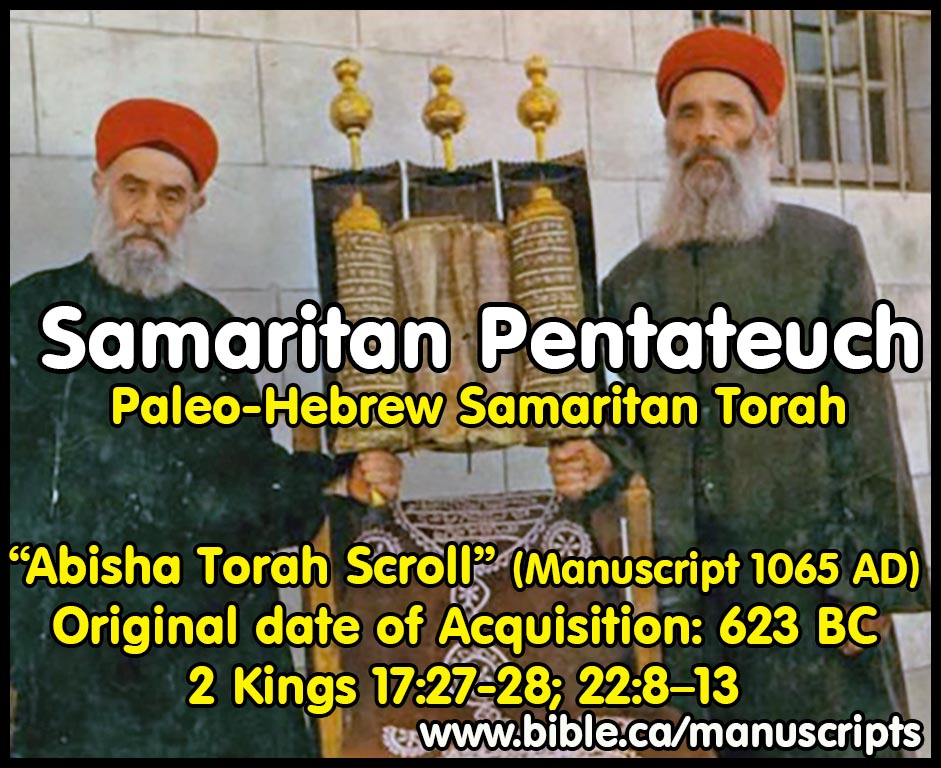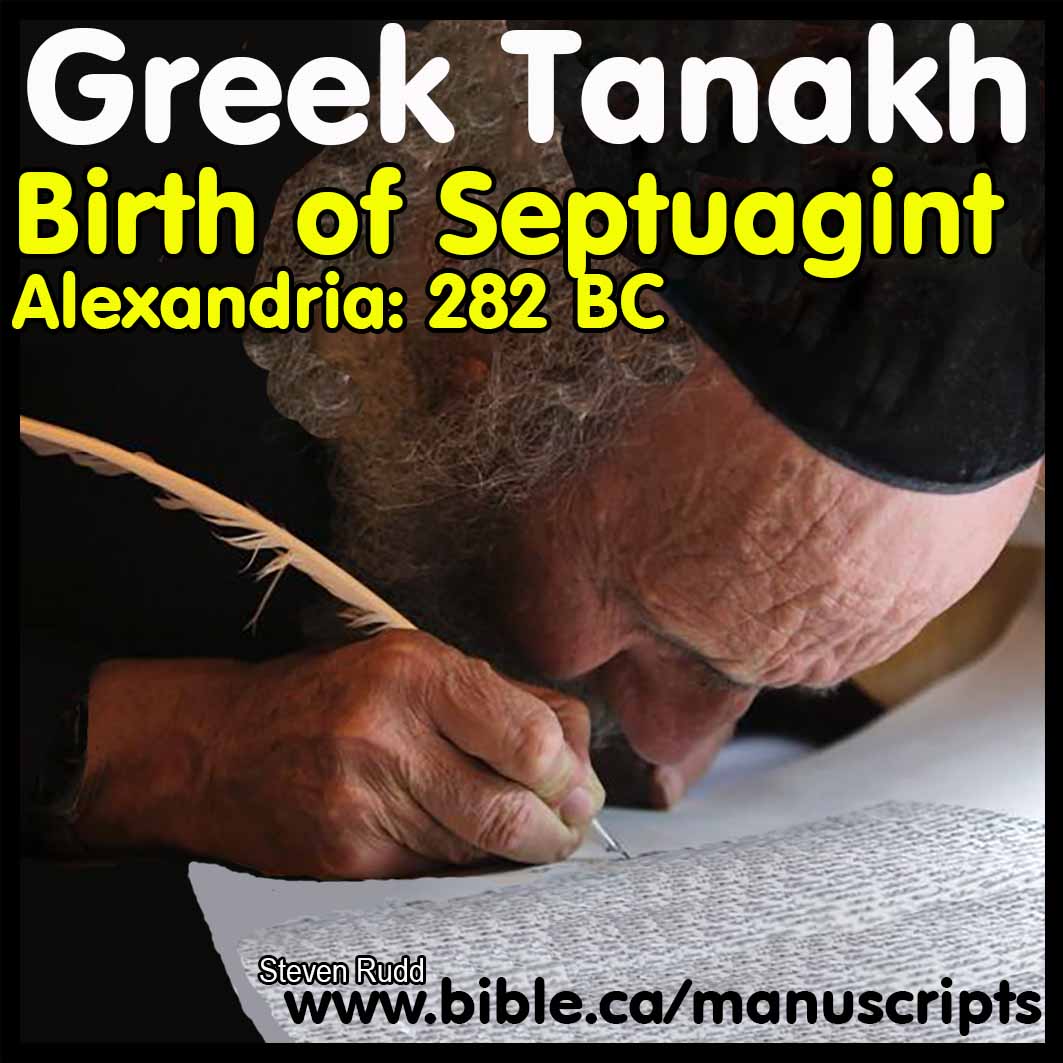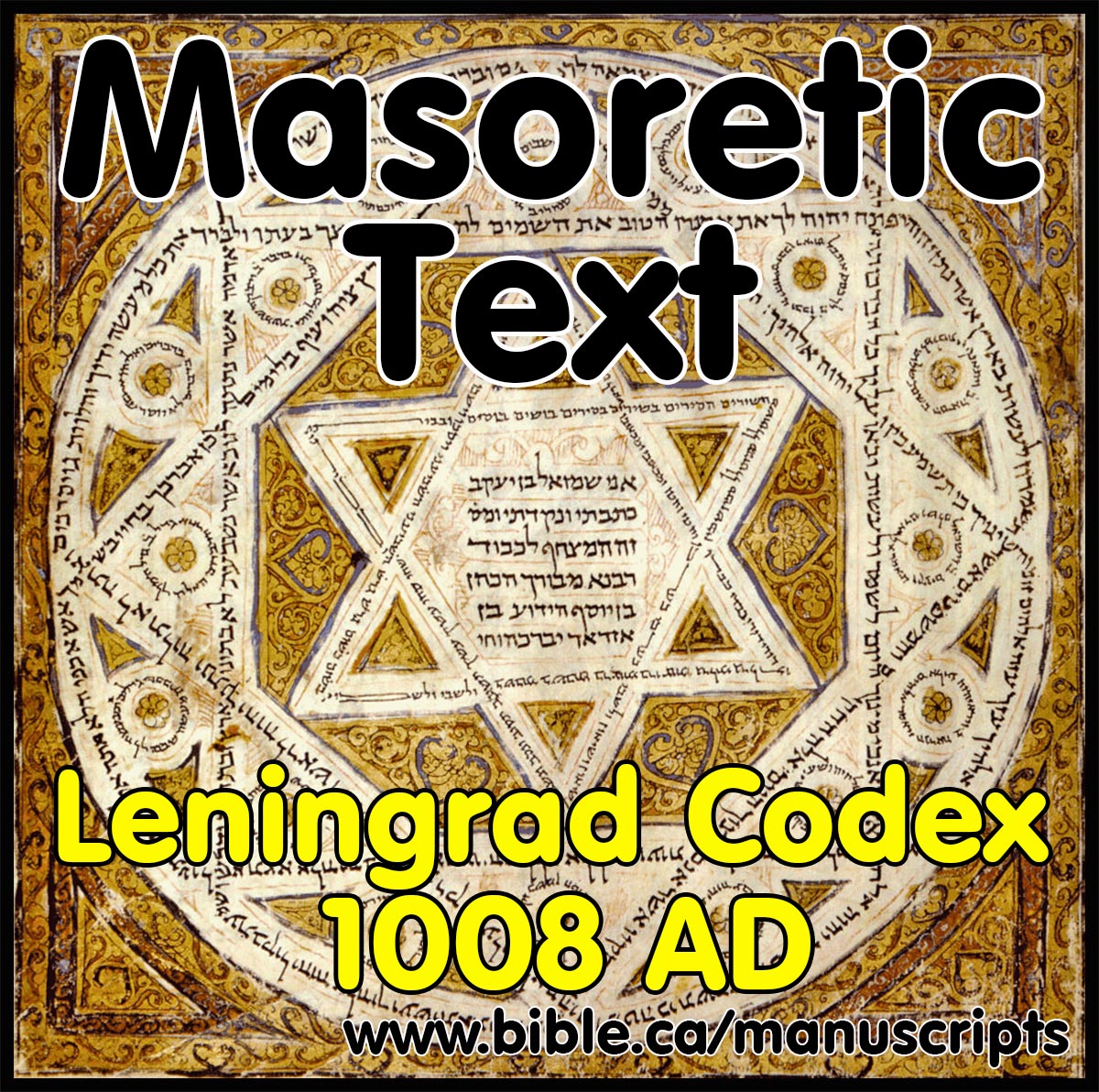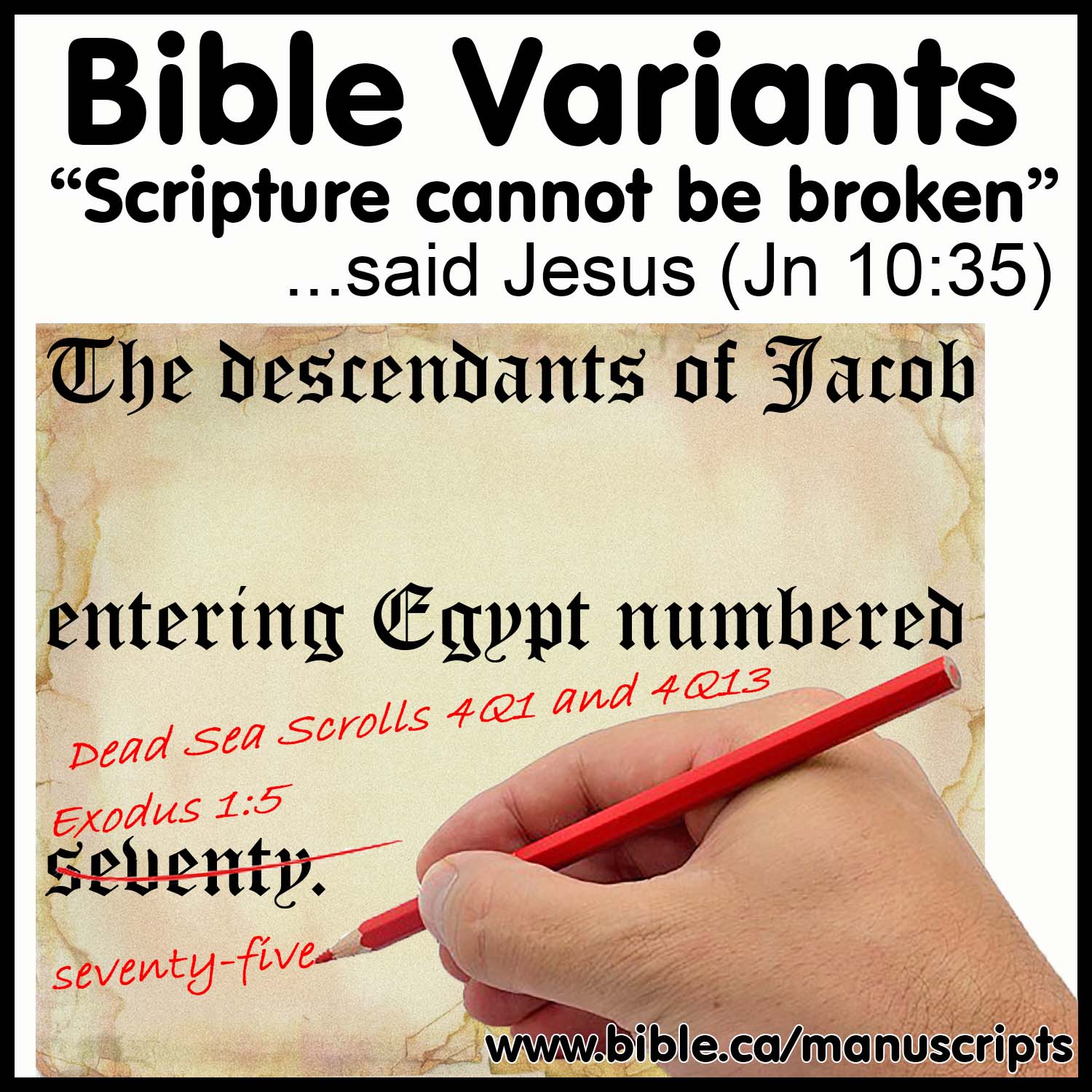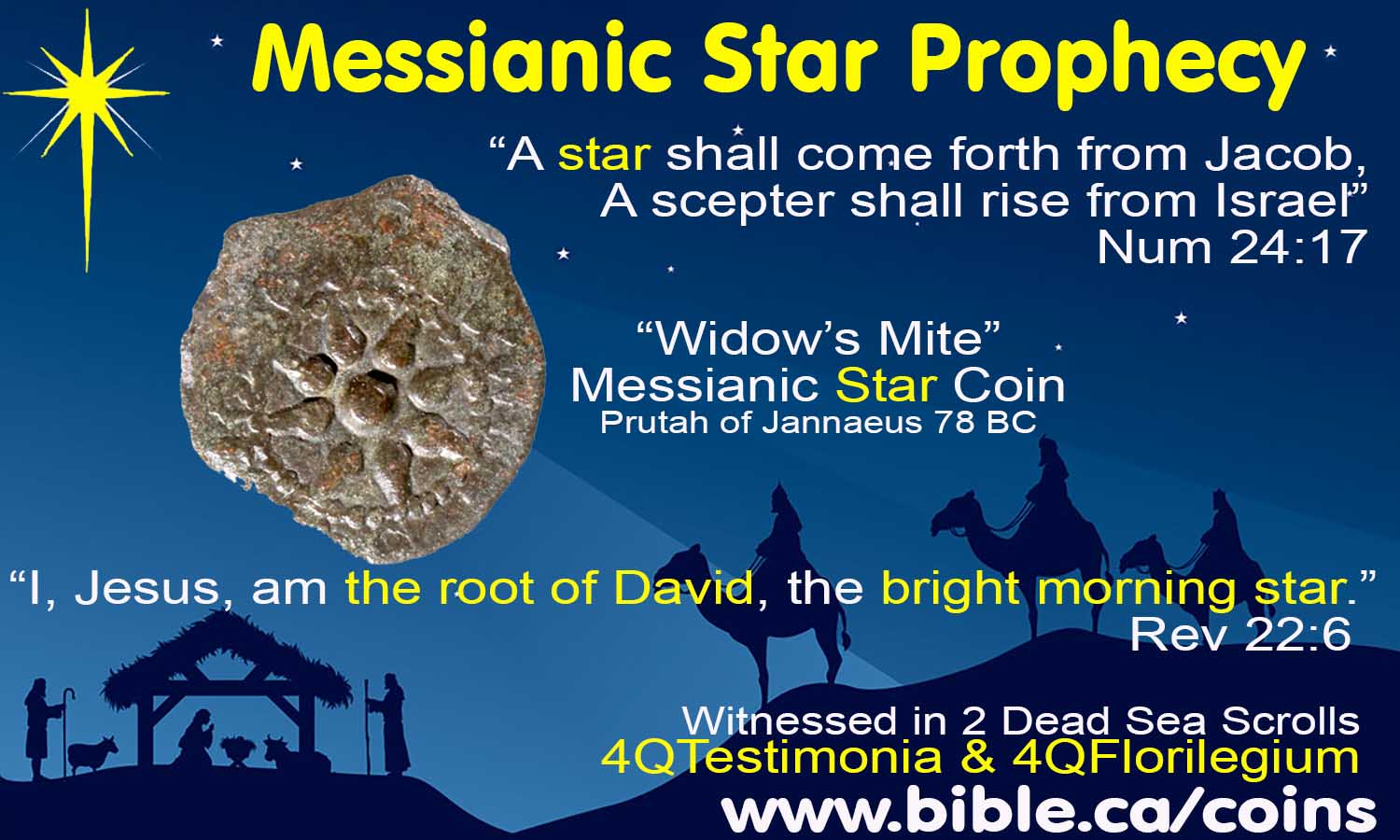The Assumption of Moses (Testament of Moses)
10 AD
Correctly predicted Jesus would come in 29 AD
|
Testament of Moses Chronology Creation 4221 BC (Follows book of Jubilees Chronology) Based upon the book of Jubilees but used a 50 year jubilee cycle |
||
|
Creation to conquest |
|
|
|
|
Jubilee |
Years |
|
Book of Jubilees |
50 Jubilees x 49 years |
2450 years |
|
Testament of Moses |
50 jubilees X 50 years |
2500 years |
|
Jubilee cycle: The Testament of Moses is the first document in history to use a 50 year jubilee cycle which is strange, given it follows the Book of Jubilees that used the correct 49 year cycle. |
||
"But Michael the archangel, when he disputed with the devil and
argued about the body of Moses,
did not dare pronounce against him a railing judgment, but said, “The Lord
rebuke you!”" (Jude 9)
If the greatest of the good angels refused to speak evil of the greatest of the evil angels,
even in circumstances like that, surely no human being may speak evil of any angel.
Introduction:
1. The “Testament of Moses” (TOM) is also called the “Assumption of Moses” (AOM)
a. “A pseudepigraph extant in a single, poorly preserved, incomplete, and at times illegible Latin palimpsest discovered in the Ambrosian library of Milan and published by Ceriani in 1861. The manuscript dates from the 6th century C.E., but orthography and style indicate that it is a copy of an early 5th century writing. The Latin text is clearly a translation from a Greek document which may be as early as the late 1st or early 2d century C.E.” (ABD, Testament of Moses)
b. “The Testament of Moses is known only from a single sixth-century Latin manuscript discovered in a library in Milan in 1861 by A. M. Ceriani. This manuscript was a palimpsest—the parchment on which Testament of Moses was written had been scraped and reused for another book. The ending is completely lost (perhaps as much as one-third to one-half the original document), and the condition of the text is poor in many places (Priest). There are numerous gaps in the manuscript, and many words are illegible, as would be expected in a palimpsest, so that scholars must reconstruct the text at a number of places. The textual situation is complicated by the fact that the Latin is a translation of a Greek version, which is itself a translation from the original Semitic version (probably Hebrew, but possibly Aramaic). Scholars have contended that the translators or copyists were frequently deficient in their treatment of the language they were translating. This again opens the door for translators to make many proposed emendations based on reconstructions of the underlying Greek or Hebrew (Aramaic) versions.” (Dictionary of New Testament Background, Testament of Moses)
c. “The kingdom was to be ushered in by a day of repentance (1:17). 1750 years after the death of Moses, between a.d. 75 and 107 [Note: Charles wrongly dates the exodus to about 1650 BC, but may be following the incorrect calculation of the Jews who authored Assumption of Moses) God was to intervene on behalf of Israel—of Israel and not merely of Judah and Benjamin.” (Pseudepigrapha of the Old Testament, R. H. Charles, Volume 2, Page 412, 1913 AD)
d. We need to find out if the critical texts, AOM 1.2 has gaps in the one extant palimpsest copy where the chronological numbers are located. Specifically: “two thousand five hundredth year from the creation of the world [to the time of the Exodus and Moses] ”. Are we certain this is how the text actually reads because in 10 AD, a date of creation at 3906 BC (following the Book of Jubilees) breaks the pattern of all other extant literary sources that followed the LXX, except for the book of Jubilees 170 BC).
2. The Testament of Moses had three calculation variables:
a. Testament of Moses: “creation to death of Moses: 2500 years”
b. Testament of Moses: From assumption of Moses to Messiah: “250 times” (week/years) x7 = 1750 years
c. In 10 AD Testament of Moses expected the Messiah immediately after the death of Herod the Great and the end of his son’s rulership in about 29 AD: 2500 + 1750 = 4250 before - 29 AD = 4221 BC creation date
3. Unlike the Seder Olam (150 AD) the Assumption of Moses DID NOT view the Messiah coming in 70 AD but earlier, shortly after the death of Herod’s sons.
I. The Testament of Moses is quoted in Jude 9
1. "But Michael the archangel, when he disputed with the devil and argued about the body of Moses, did not dare pronounce against him a railing judgment, but said, “The Lord rebuke you!”" (Jude 9)
2. Perhaps the reason why the Testament of Moses is quoted by the Holy Spirit in Jude 9 is because the early Christians used this Jewish document to prove Jesus was the Christ.
a. The document did correctly predict the Messiah to come around 29 AD.
b. The story of the dispute over the body of Moses likely stems from an oral prophet, was widely known and was recorded in the Testament of Moses as a manmade record.
3. “The dispute referred to by Jude was recorded in the now lost ending of an apocryphal Jewish work called the Assumption of Moses. But the tradition can be reconstructed from references to that account in a number of early Christian writings (see Bauckham, pp. 65–76). Satan laid claim to the corpse of Moses for his kingdom of darkness because Moses had killed an Egyptian (Exod. 2:12). He was therefore a murderer, however virtuous his subsequent achievements, and so was unworthy of honorable burial. Satan, in his ancient role of accuser of God’s people (Rev. 12:10), was seeking to prove Moses’ guilt. In response to the charge, Michael did not dare to bring a slanderous accusation against Satan. Barclay (DSB, p. 188) expresses the opinion of most commentators that Jude means: “If the greatest of the good angels refused to speak evil of the greatest of the evil angels, even in circumstances like that, surely no human being may speak evil of any angel.”” (UBCS 1-2 Pe/Jud, Jude 9, 1992 AD)
II. The Assumption of Moses (10 AD) creation 4221 BC follows the Book of Jubilees but has the Messiah coming in 29 AD, an exact match for Jesus Christ
1. Texts from the Assumption of Moses (Also called the Testament of Moses)
a. Text 1: Assumption of Moses 1.1–3, 7-8: “The Testament of Moses even the things which he commanded in the one hundred and twentieth year of his life, 2 that is the two thousand five hundredth year from the creation of the world. [But according to oriental reckoning the two thousand and seven hundredth, and the four hundredth after the departure from Phoenicia] … from the beginning of the creation of the world, that His name should be called upon until the day of repentance in the visitation wherewith the Lord will visit them in the consummation of the end of the days.” (Assumption of Moses 1.1–3, 7-8, 10 AD)
b. Text 2: Assumption of Moses 10:12: “And do thou, Joshua (the son of) Nun, keep these words and this book; 12 For from my death [assumption] until His advent there shall be 250 times. And this is the course of the times which they shall pursue till they are consummated.” (Assumption of Moses 10:12, 29 AD)
2. Dating Assumption of Moses: 1-29 AD:
a. It is dated to between 1 AD -29 AD because it discusses how Herod’s children succeeded him but did not reign (at the time of writing of the book) longer than him (30 years).
b. Herod died in 1 BC and his three sons Archelaus (1BC-6AD), Antipas (1BC-39 AD) and Philip II (1 BC- 34 AD) divided Judea in to three parts.
c. “And he [Herod the Great] shall beget children, [who] succeeding him shall rule for shorter periods. 8 Into their parts cohorts and a powerful king of the west [Rome] shall come, who shall conquer them: 9 and he shall take them captive, and burn a part of their temple with fire, (and) shall crucify some around their colony. And when this is done the times shall be ended, in a moment the [second] course shall be [ended], the four hours shall come.” (Assumption of Moses 6:7-7:1, 10 AD)
3. Messianic expectation after the birth of Christ and death of Herod the Great: perfect timing for resurrection of Christ in 33 AD:
a. Clearly there was an immediate messianic expectation after the death of Herod the Great that coincides exactly with Jesus Christ:
i. “And when this is done (rule of Herod the Great and his children) the times shall be ended, in a moment the [second] course shall be [ended], the four hours shall come.” (Assumption of Moses 7:1, 10 AD)
ii. The full passage (see above) details how Herod the Great will die and that his children will rule in his place.
iii. What is important is the messianic expectation after their reigns ended.
iv. The book is dated to 29 AD at the latest, so it is a perfect fit with the ministry, death and resurrection of Christ.
4. Testament of Moses creation date calculation:
a. “Now, the Pharisaic chronology embodied in the rabbinical chronicle Seder Olam Rabbah dates Moses death in A.M. 2488, which is only 12 years from A.M. 2500 and is much nearer to it than the figures of Hellenistic or Essene chronology. Moreover, there are ancient baraitas quoted from other Pharisaic literature in the Babylonian Talmud (Sanhedrin 97a-97b; Abodah Zarah 9a-9b) which state that the Messiah will come either in A.M. 4000 or shortly after A.M. 4231; and, since Seder Olam Rabbah equates A.M. 3828 with 70 A.D., these dates for the Messiah are equivalent to 242 and 473 A.D. But 250 year-weeks (or 1750 years) after Moses's death in A.M. 2488 bring one to A.M. 4238, which is indeed shortly after A.M. 4231 - a mere 7 years later. It is clear, therefore, that the Pharisaic chronology was already in existence when the Assumption of Moses was written, and was partially known to its author.” (Daniel 9 and the Date of Messiah's Coming in Essene, Hellenistic, Pharisaic, Zealot And Early Christian Computation, Roger T. Beckwith, Revue de Qumrân, Vol. 10, No. 4, pp. 521-542, 1981 AD)
b. Three Testament of Moses calculation variables:
i. Testament of Moses: “creation to death of Moses: 2500 years”
ii. Testament of Moses: From assumption of Moses to Messiah: “250 times” (week/years) x7 = 1750 years
iii. In 10 AD Testament of Moses expected the Messiah immediately after the death of Herod the Great and the end of his son’s rulership in about 29 AD: 2500 + 1750 = 4250 before - 29 AD = 4221 BC creation date
iv. Unlike the Seder Olam (150 AD) the Assumption of Moses DID NOT view the Messiah coming in 70 AD but earlier, shortly after the death of Herod’s sons.
c. Assumption of Moses creation date is 4221 BC
d. Mt creation date: 4174 BC (but the closeness of date is a coincidence because we know the Assumption of Moses was actually following the book of Jubilees.)
e. LXX creation date: 5554 BC
f. Assumption of Moses coming of the Messiah: between 10 - 29 AD
5. Summary:
a. For the Messiah to come 4250 years after creation, shortly after 29 AD, is very close to the MT at 4174 BC but is actually following the book of Jubilees chronology.
b. Jewish date setters for the “days the messiah” said the messiah would come after 85 Jubilees (85x50) from Creation (4250 AC) and more specifically within the 1708 year window of years 4292 - 6000 years after creation. (Babylonian Talmud, b. Sanh. 11:1, I.88.A–91.F)
c. The expectation of the Messiah shortly after the death of Herod and the reign of his three sons is a perfect fit for Jesus Christ and follows the LXX. However this is impossible for the MT because the earliest the Messiah can come is 118 AD.
d. The Testament of Moses therefore, has a similar creation date of the book of Jubilees.
e. This shows that the Assumption of Moses is a genuine historic document of Jewish Thought in the first century, even though at this time, the Bible text before them in both Hebrew (proto-Masoretic) and Greek (Septuagint) both shared the same identical chronological numbers in Gen 5,11 with a creation date of 5554 BC.
f. Why the authors of the Assumption of Moses would follow a chronology that is at variance with the Bible text in their synagogues is a puzzle, but then again keep in mind the book of jubilees did exactly the same thing 150 years earlier.
Conclusion:
1. The Assumption/Testament of Moses is an uninspired, human origin document that contained two important divine truths:
a. The story of Michael and the Devil arguing over the body of Moses.
b. The correct prediction that the Messiah would come in 29 AD.
2. How die the Testament of Moses get the prediction of 29 AD right?
a. The prophecy of Daniel 2:44 stated the God’s kingdom would be setup during the fourth/Roman empire.
b. Another likely source for the correct 29 AD prediction was likely the 490 weeks of Daniel also ended in 33 AD.
3. Creation date of 4221 BC:
a. The Assumption/Testament of Moses has a creation date of 4221 BC because it follows the book of Jubilees chronology where Adam to Moses = 50 Jubilees x 50 years = 2500 years.
b. This is the first document in history to redefine a jubilee as 50 years instead of 49 as revealed in the Torah and used in the book of Jubilees (170 BC).
|
The Septuagint LXX “Scripture Cannot Be Broken” |
|||||
|
Start Here: Master Introduction and Index |
|||||
|
Six Bible Manuscripts |
|||||
|
1446 BC Sinai Text (ST) |
1050 BC Samuel’s Text (SNT) |
623 BC Samaritan (SP) |
458 BC Ezra’s Text (XIV) |
282 BC Septuagint (LXX) |
160 AD Masoretic (MT) |
|
Research Tools |
|||||
|
Steve Rudd, November 2017 AD: Contact the author for comments, input or corrections |
|||||
By Steve Rudd: November 2017: Contact the author for comments, input or corrections.
Go to: Main Bible Manuscripts Page
Go to: Main Ancient Synagogue Start Page
